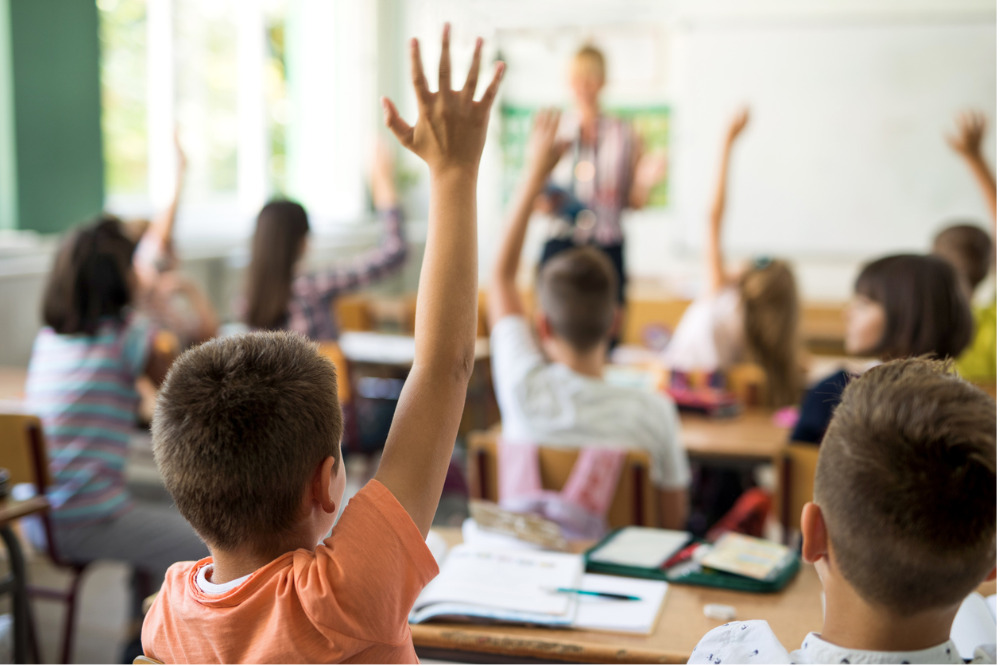
As students prepare to exit remote learning and return to the classroom later this month, the transition will be more daunting for some than others.
For teachers, the challenge will be in helping their students bounce back not only academically, but socially and emotionally as well.
Dr Emily Berger, an Educational and Developmental Psychologist and Senior Lecturer in Educational Psychology in the Faculty of Education at Monash University, has been working on a longitudinal project investigating the impact of a disaster on the wellbeing and academic outcomes of children, and the psychological impacts on adults.
She says children's anxiety and school withdrawal may have been exacerbated by the pandemic or school anxiety may be a consequence for some children from long lockdown periods and school closures.
“There have also been reports of children experiencing hyperactivity and impaired concentration during the pandemic and school closures,” she said.
So, how should schools respond as they prepare to welcome all students back into the classroom for the first time in more than three months?
In an interview with The Educator, Dr Berger shared five tips for teachers to help ease the home-to-school transition for their students.
Show confidence to students that returning to school is the right decision
It may be hard for parents and teachers to be confident about their child and students returning to classrooms. This is understandable as parents and teachers have expressed worry about COVID-19 infections and repeated school closures. Children have also expressed fear of infections and hesitancy around returning to school and further school lockdowns. Parents and teachers can help by expressing confidence to their child and students that while there may be challenges, returning to school is the right decision and important for them. Parents and teachers may have to mask their worries to increase students' level of confidence about school return.
Re-establish school and classroom routines
COVID-19 and school closures have created a sense of uncertainty, unpredictability and lack of control for students and families. Supporting a student's mental health through routines is essential to ease their uncertainty and limit experiences of anxiety. Routines are one of the best strategies for reducing anxiety of children of all ages and abilities. Routines may be presented as visual charts and pictures or verbally to remind students what they can expect and what will be expected of them when they return to classrooms.
Provide parents with information about what students can expect when they return to school
It will be important for parents to have accurate information when preparing their child for school return. Children may express concerns about returning to school and parents will need accurate information to address the concerns of their children. As much as possible, it is recommended that schools and teachers communicate to parents the planned schedule, risk-reduction measures and any other changes that have been put in place to help children adjust after extended lockdown and remote learning periods.
Anticipate that students may become overwhelmed with anxiety or overstimulated and inattentive at school
Learning from home has been a different experience for students compared to learning in the classroom. Students may have experienced shorter school days during lockdown, may have enjoyed learning at their own pace, and some may prefer online learning to face-to-face classrooms. There will be a range of sensory and emotional experiences that students will experience, from overstimulation from being around a lot of other children, to social anxiety because they have not interacted with other people in a very long time. There may be gaps in their social development, emotional regulation and learning that will take time to develop.
Build breaks into the classroom schedule to avoid student dysregulation
Schools and teachers are encouraged to develop routines for students returning to school and within these routines provide opportunities for students to take breaks to regulate any emotions they may be experiencing. It is much more effective to build breaks into the classroom schedule than to manage a child's meltdown or temper tantrum once triggered. There will be students more at risk and in need of more breaks than other students, such as students with a history of anxiety, school refusal or students with developmental or learning delays. Breaks can take the form of repetitive activities such as helping the teacher with a task or allowing a child to sit quietly in an area to read or engage in a pleasurable activity.


